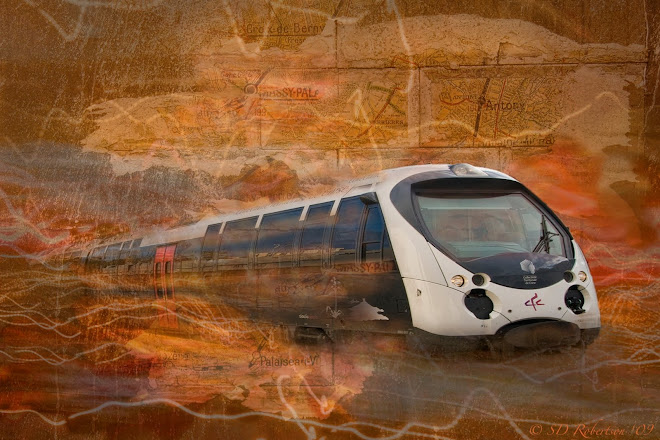The Old Cities…
 |
| Water Seller |
Where medieval is actually quite modern and towns like Antioch and Herran are mentioned in the Bible. I love wandering in the Bazaars, watching vendors set up for the day, watching the deliveries and watching shoppers pinch fruit and haggle.
Often the bazaars… the shoemakers bazaar, the silk traders bazaar, the gold bazaar, the flour makers bazaar, the tin makers bazaar… are sectioned by craft.
 |
| Pot Shop |
 |
| Delivering Bread |
We find the saddle shops and the metal shops and products from Iraq and Syria exotic. The most colorful products are soap, fabrics and evil eye beads.
 |
| Delivering Vegetables |
The most fun is watching deliveries by donkey. In Mardin, the mazed streets are so narrow and extensive that a brigade of 40 donkeys makes up the municipal trash service.
 |
| Getting Through The Maze |
Men do most of the shopping and women are mostly out of sight. They seem shy and distant and it’s them I fear offending with my camera. The men are friendly and often ask me to take their picture or strike a pose when I ask if I might photograph. The friendliest of all are the children who follow and badger and beg. We give until the money is gone, but their need drains me emotionally. I wonder what promise the world holds for them in this country that is poor, overpopulated and lacking in opportunity.
When the shopping and the heat get to be too much, we retreat into coffee and teahouses. My favorite is the old Tobacco Trader’s Market in Gazieantep. It has been turned into a tea stop and had private side rooms in which women were gathered laughing and giggling in one of the few social activities I observed them engaged in. It is in the bazaars that women are most likely to be publicly present. And it seems women like to trade laughter the world over.
 |
| Tobacco Trader's Market |


















